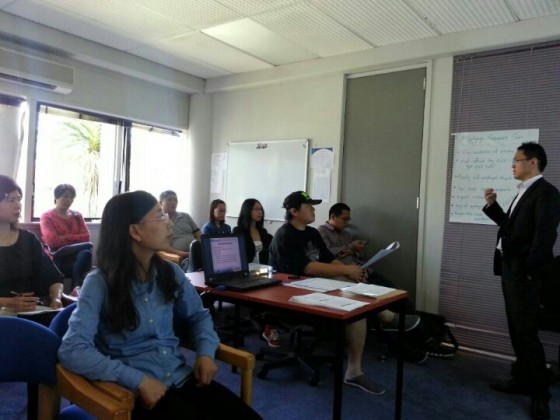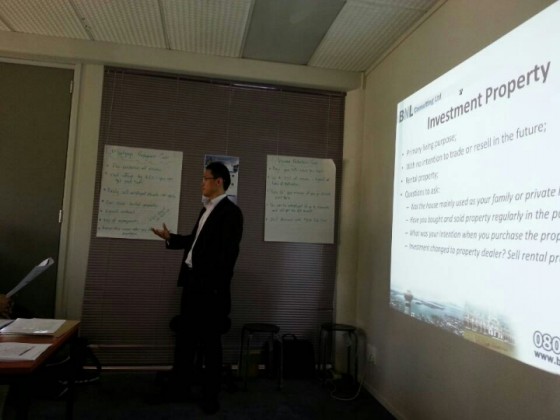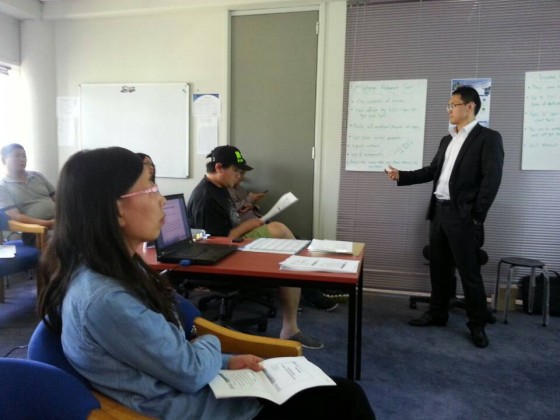GST on Holiday Home
Queenstown has many holiday homes and Airbnb operators who provide short term rental (less than 4 weeks). If your annual short term rental exceeds $60,000.00 a year, you are deemed to be a GST registered person because you are providing what is known as a taxable supply.
This applies whether you are an individual, trust, partnership or company. The threshold is also based on the combined short term rental. For example, the entity may have 2 or more short term rental properties and the combined turnover exceeded $60,000.00. Then you are obliged to registered for GST.
What does this mean for you?
• If you exceed the threshold, all your holiday home and Airbnb rents received are subject to 15% GST;
• You can claim GST on all goods and services purchase for your holiday home business use;
• You can claim GST on the total purchase price of the property if your intention is to provide a taxable supply, you register for GST before settlement, and you or anyone related to you are not going to reside in the property;
• The GST rate can be zero if the vendor is also GST-registered;
• If you purchase land from a registered person and your intention is to provide a taxable supply after you complete construction of a building on the land you can also claim GST on the building cost;
• When you sell the property, you have to return GST on the selling price to IRD, unless you sell to a GST-registered person whose intention is also to provide a taxable supply.
In the standard Agreement for Sale and Purchase, the GST information schedule can be easily overlooked, and the purchaser may change his intended use of the property before settlement. It is always important to have a clear intention and correct tax position to avoid future hassles.
Limitation applies to purchase from an associated entity.
If you are an overseas person and have OIA consent or exempted from OIA, it also applies to you as a non-resident GST business claimant.
If you have any queries about any of the above, please contact us.







